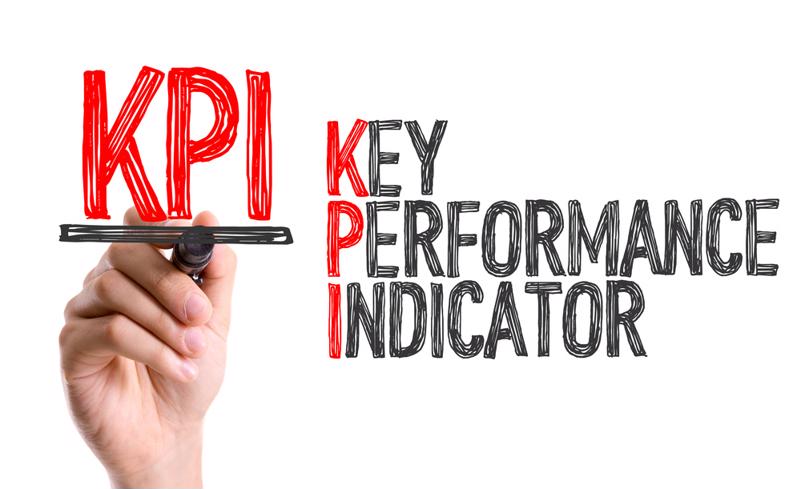
ICYMIM: April 30, 2018
Source One's series for keeping up with the most recent highlights in procurement, strategic sourcing, and supply chain news week-to-week. Check in with us every Monday to stay up to date with the latest supply management news.
Craig Laufer, Spend Matters, 4/25/2018
Has your organization's supplier relationship management program stalled? Laufer suggests investing more resources into the program and providing for its evolution into a Strategic Partnership Program. The long-term benefits of such a program are considerable. Among them, Laufer lists co-marketing, co-innovation, and co-development. Taking a collaborative approach to the various aspects of relationship management and strategic sourcing doubles the power of your organization. Armed with your suppliers' intelligence and expertise, your own efforts will undoubtedly go farther and produce more strategic value.Of Course Catalogs Can't Be Trusted to Manage Low-Value Spend!
Michael Lamoureux, Sourcing Innovation, 4/17/2018
Catalogs, The Doctor writes, are only useful in the hands of highly skilled and well-equipped professionals. For many organizations, catalogs look like the solution for their tail spend woes. Most are quickly and definitively disappointed. Many assume that catalogs are something they can set and forget. As a result, they're often out-of-date and lead Procurement to miss out on savings opportunities again and again. In the hands of inexperienced or disengaged employees, they can also leave organizations vulnerable to a wealth of cybersecurity risks. Catalogs are undoubtedly valuable, he concludes. Even the best, however, are just one tool for managing tail spend.
Social Harmony is Becoming More of a Business Priority. Should it Be an International Procurement Priority?
Social Harmony is Becoming More of a Business Priority. Should it Be an International Procurement Priority?
Charles Dominick, Next Level Purchasing 4/25/2018
Using Starbucks' recent PR nightmare as a jumping-off point, Dominick takes a closer look at social responsibility initiatives and their impact on supply chains. With its hand in so many buckets, Procurement is perfectly positioned, he suggests, to ensure ethical practices across the supply chain. As consumers continue to grow more discerning and socially active, Procurement will need to work harder than ever to cut down on human rights violations and environmentally unsound practices. Social and environmental responsibility should increasingly help differentiate the true leaders of supply management.
Using Starbucks' recent PR nightmare as a jumping-off point, Dominick takes a closer look at social responsibility initiatives and their impact on supply chains. With its hand in so many buckets, Procurement is perfectly positioned, he suggests, to ensure ethical practices across the supply chain. As consumers continue to grow more discerning and socially active, Procurement will need to work harder than ever to cut down on human rights violations and environmentally unsound practices. Social and environmental responsibility should increasingly help differentiate the true leaders of supply management.


































